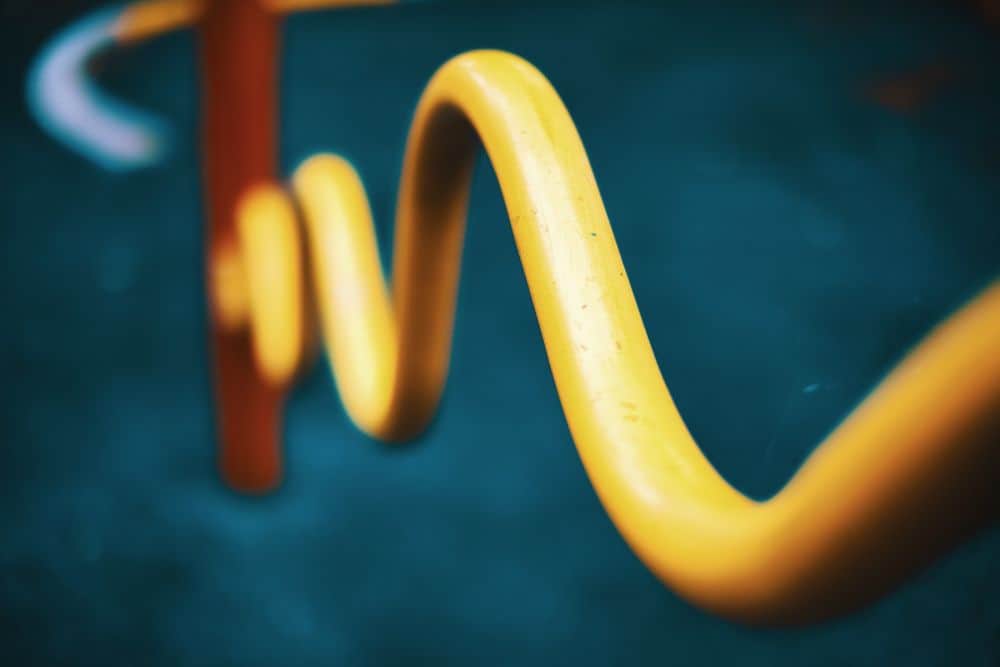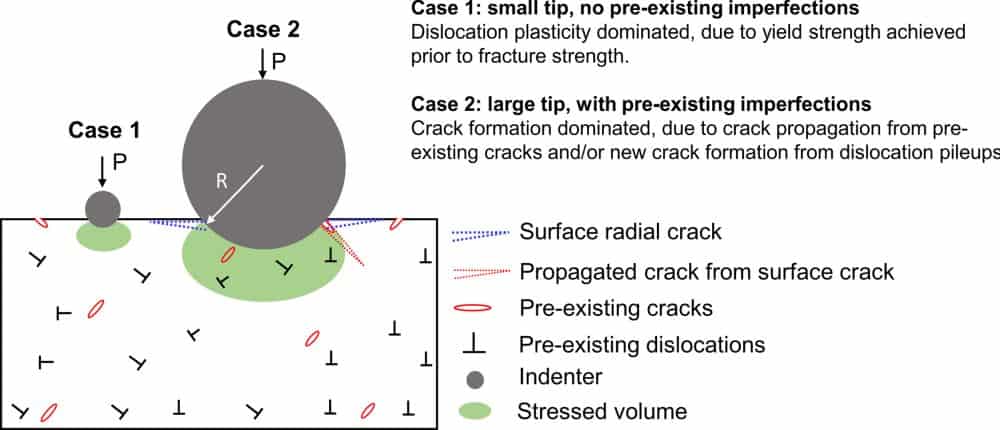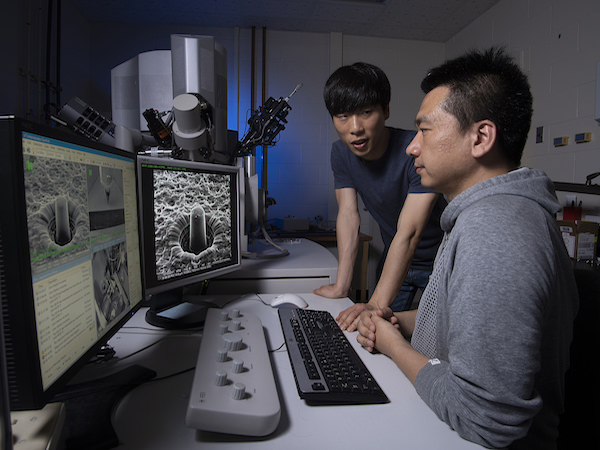The June/July 2023 issue of the ACerS Bulletin—featuring unusual properties of ceramics—is now available online. Plus—new C&GM.
Read MoreGroup-III-nitride semiconductors have considerable potential for electronic and optoelectronic applications, but unintended defects tend to form in their structure during fabrication, which may affect the electrical properties. Two researchers at the University of British Columbia detailed the striking contrast between the effects of threading dislocation lines in gallium nitride versus indium nitride.
Read MoreMost explorations of plastic deformation in ceramics have focused on oxide systems. A recent study led by researchers at Tsinghua University in China demonstrated the possibility of plastic deformation in nonoxide ceramics as well, specifically silicon nitride, by harnessing a dual-phase structural configuration.
Read MoreIn the past decade, there has been an increase in the number of studies on ceramic dislocations and their impact on functional properties. Xufei Fang and his group at the Technical University of Darmstadt study this topic, and they’ve published several recent papers exploring how to improve dislocation generation through mechanical deformation.
Read MoreResearchers have demonstrated that flash sintered yttria-stabilized zirconia (YSZ) acquires metal-like plasticity at room temperature. This discovery could prove to be useful in using YSZ as a thermal barrier coating for aircraft engine blades.
Read MoreAn interdisciplinary group of scientists at the University of Pennsylvania have harnessed intense computation, data, and modeling power to determine how disordered solids fail, an understanding that could help engineer custom materials, such as glass that is less likely to break.
Read More






